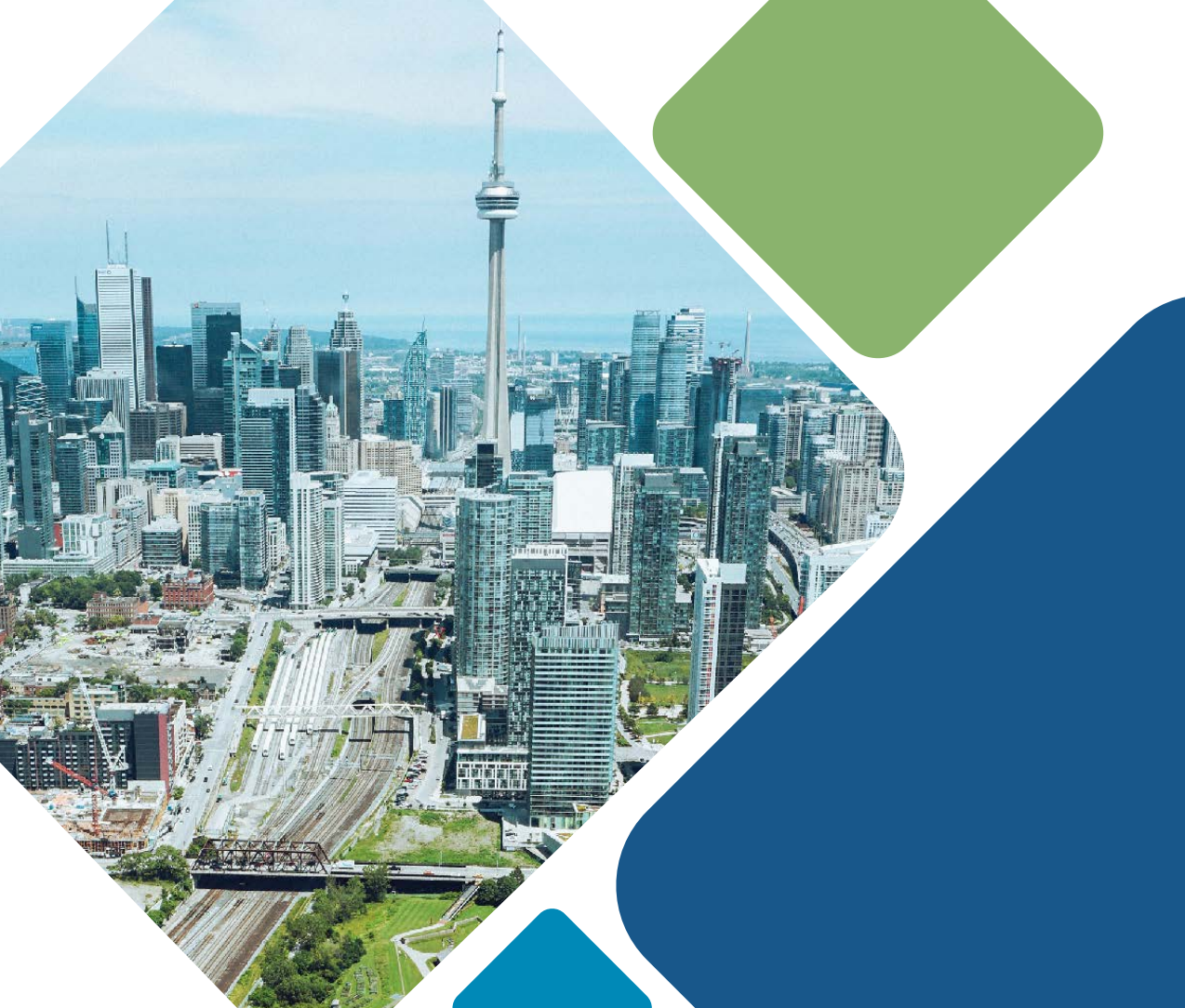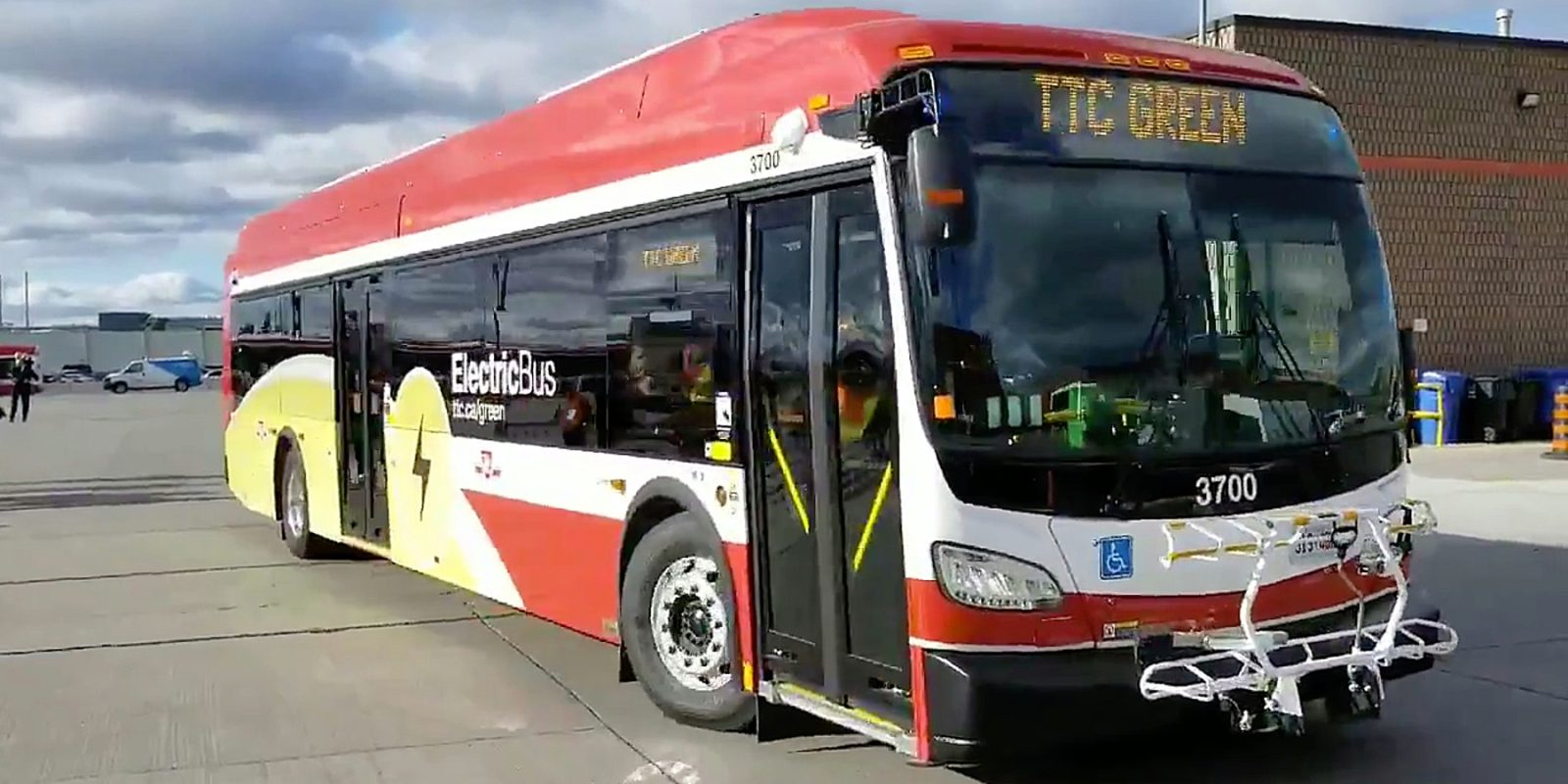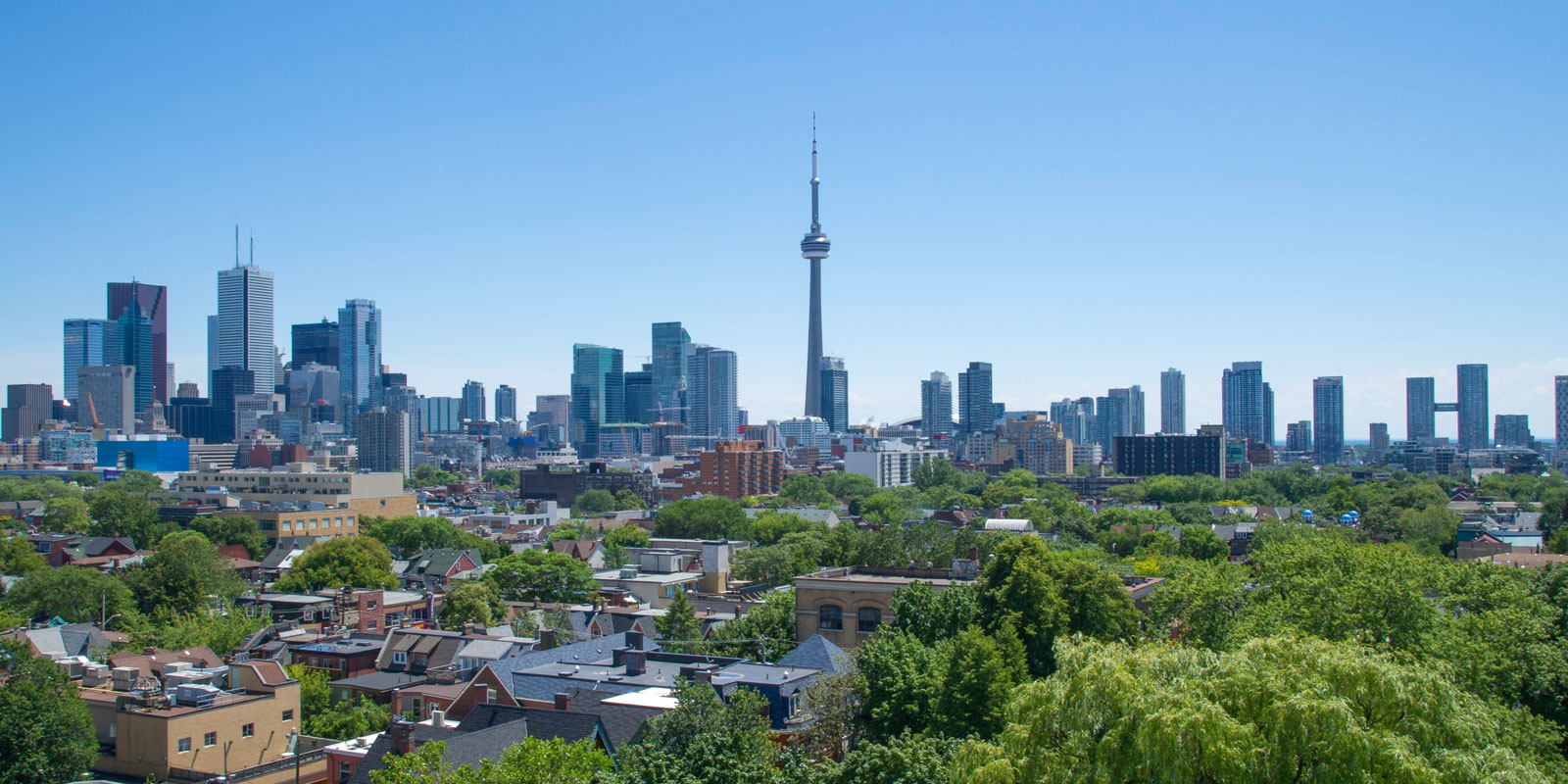
TransformTO
TransformTO is Toronto’s ambitious climate action strategy. Unanimously approved by City Council in July 2017, it includes a set of long-term, low-carbon goals and strategies to reduce local greenhouse gas emissions and improve our health, grow our economy, and improve social equity.

Revitalization of Queens Quay
The revitalization of Queens Quay is one of the most complex street reconstruction projects undertaken in the country’s history. Opening in 2015 after ten years of study, design, and construction, the project has transformed this much-maligned waterfront street into a destination boulevard and city landmark. The re-envisioned Queens Quay linear park connects various precincts and public spaces along the Waterfront.

Net Zero Existing Buildings Strategy
The Net Zero Existing Buildings Strategy recommends nine key policy actions that the City can implement to decarbonize all existing residential, commercial and institutional buildings within the next 30 years.

Toronto Green Standard
The Toronto Green Standard (TGS) is a critical component of the TransformTO Net Zero Strategy. For more than 10 years, it has served as a market transformation tool both locally and provincially, resulting in quality building projects that help to make Toronto a great city.

Climate Emergency Declaration
In October 2019, Toronto City Council declared a climate emergency for the purpose of naming, framing, and deepening its commitment to protecting our economy, our ecosystems and our community from climate change.

The Pathway to Sustainable City of Toronto Fleets
The Pathway to Sustainable City of Toronto Fleets (Plan) provides an overview of the City Fleets' objectives in addressing climate mitigation and adaptation with strategies for transitioning City Fleets to sustainable, climate resilient, low-carbon operations.


